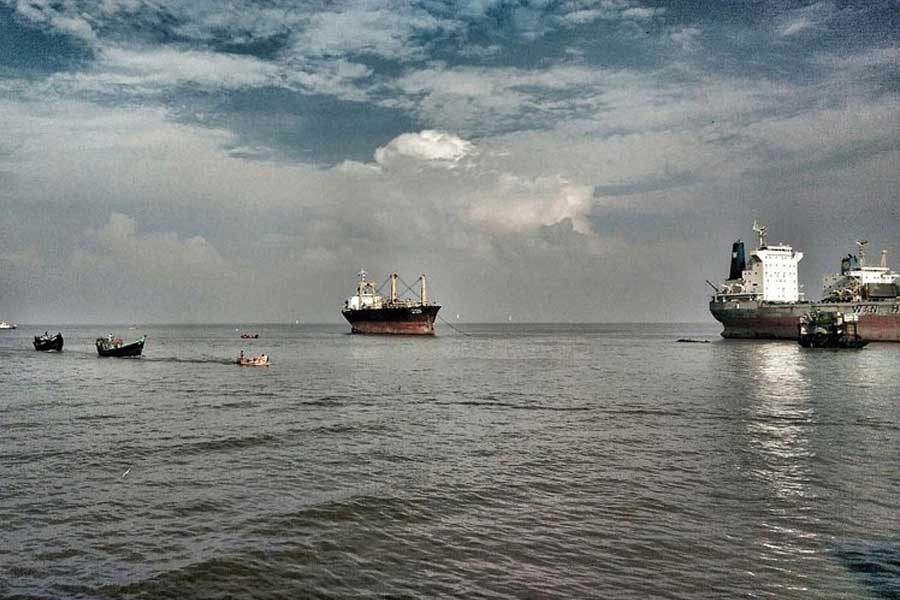Going by the Third UN Convention on the Law of the Sea, or UNCLOS III, Bangladesh can exercise territorial control over 12 NM (nautical miles) of the sea. Also, it has the sovereign right to explore, exploit and manage natural resources within 200 NM. So far, the efforts have been limited to exploring gas and oil from a few, though not very rewarding, offshore blocs or catching fish from territorial waters close to the coastline. However, a full-scale exploration and exploitation of the marine resources for an entry into what is called blue economy is yet to kick off. But with the objective of the nation's joining the club of developing nations in 2026, Bangladesh can ill afford to wait any longer to make the most of its blue economy potential. As such, it is time the country began to explore the actual potential of its ocean economy and adopted an appropriate strategy to exploit it. At this point, it would be worthwhile to note that 80 per cent of global trade is carried by sea. And to run seaborne trade, some 150,000 ships are engaged in transporting cargoes worth US$9.0 billion globally. Talking of Asia's share, it claims 74 per cent of this oceanic trade. Bangladesh, too, should be able to claim its share of the Asian seaborne trade.
Now, where does Bangladesh at the moment stand vis-à-vis this humongous volume of trade taking place along the sea routes close by? In fact, not much as yet considering its tiny fleet of 70 ships so far. But seeing the nation's volume of trade growing by 15 per cent every year, increasing the number of its container ships has become a pressing imperative. This is just about one aspect, the traditional maritime trade, of the blue economy. There is still a whole host of other economic activities based on the sustainable use of marine resources. These include tourism, shipbuilding, ship-breaking, container handling, deep sea fishing, medicines, cosmetics, just to name but a few.
Obviously, these are the burning issues that the policymakers will have to consider with due urgency. Hence, it is no wonder that such all-important issues concerning the prospects of the country's blue economy figured prominently at a recent workshop attended by members of the country's apex business body, FBCCI, and the government's investment development authority, BIDA. As expected, the case for building deep sea ports to allow mother ships to drop anchor came up prominently at the discussion. Needless to say, having deep sea ports is sine qua non for the growth of blue economy in the modern-day sense of the term.
Thankfully, the country has one such facility under construction at Matarbari of Moheshkhali upazila in Cox's Bazar. It is expected that, once completed as planned by the end of 2026, the Matarbari deep sea port would contribute 2.0 to 3.0 per cent to the GDP. That would definitely be a leap forward in the direction of the country's utilisation of the blue economy. In other areas of exploiting marine resources, for example, fishery, Bangladesh contributes 2.6 per cent of the global fish production with its existing capacity. However, the capacity in all the areas of the blue economy can be increased manifold through inviting foreign direct investment (FDI). So, the government would be required to facilitate the inflow of FDI to exploit the full potential of the country's blue economy.


